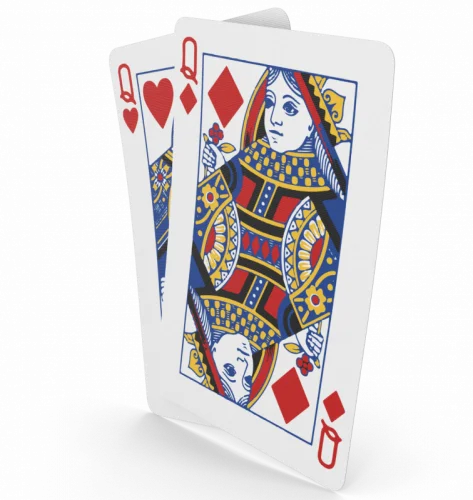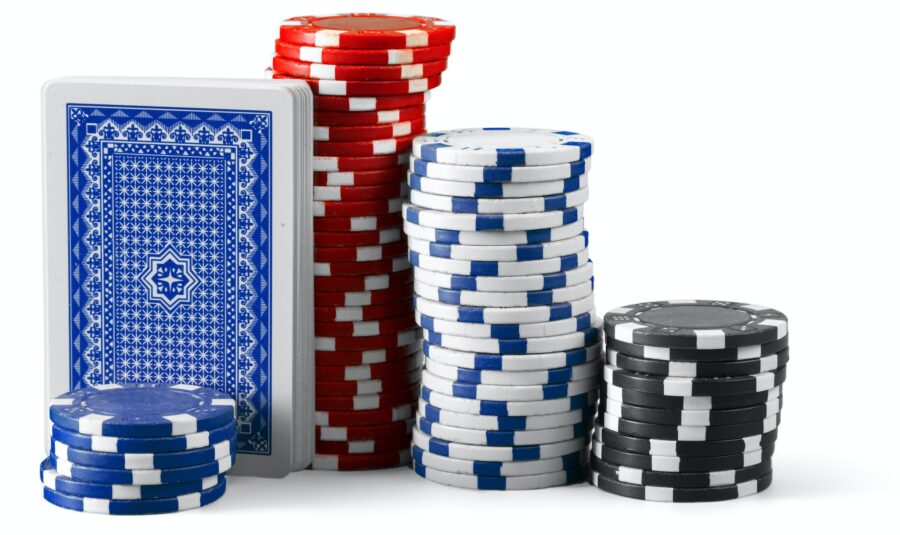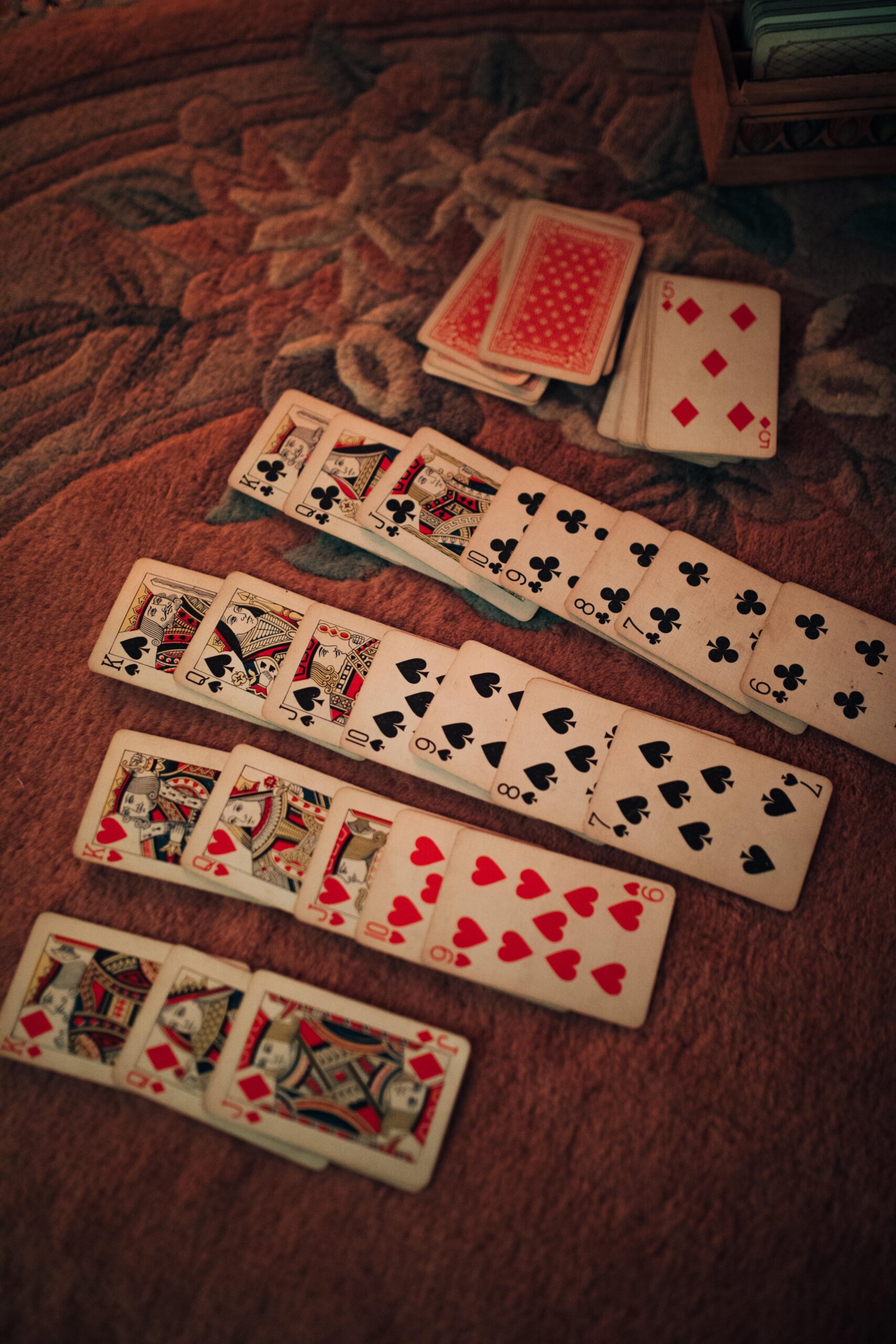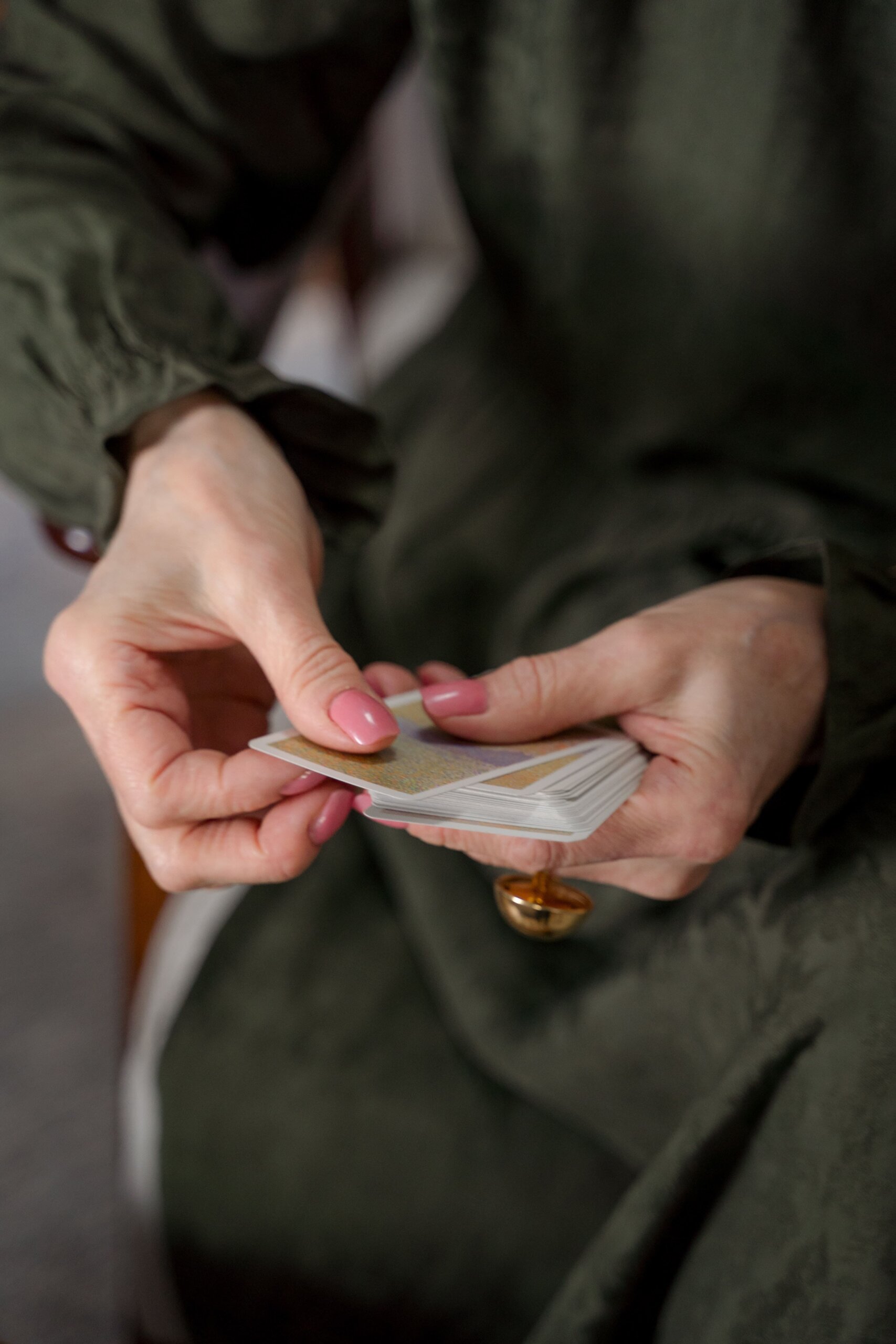The Fundamentals of Solitaire
Played with the standard 52-cards deck, solitaire requires you to move all cards correctly from the tableau to the foundation until you’ve amassed four stacks of cards in ascending order, one per suit.

Solitaire has long been ideal for players who can’t stand the indecision and time wastage of another player. It’s quick, simple, and clear, not to forget that its rewards can be sizable at top New Zealand casinos. Look at the basics and how to win at this card game below.
Played with the standard 52-cards deck, solitaire requires you to move all cards correctly from the tableau to the foundation until you’ve amassed four stacks of cards in ascending order, one per suit.

To set up the game, first, shuffle the deck of cards and lay out seven piles of cards, with the first containing one card, the second containing two cards, the third containing three cards, and so on until the seventh, which contains seven cards, respectively. Then, flip the top card of each pile face-up.

The tableau is the main area where you will be moving cards around. Each card here is only moveable if it is face-up and if the card it is being placed on is one rank higher and of the opposite colour. For example, a black six can only be placed on a red seven.
Adhering to specific guidelines will greatly increase your ability to win at solitaire, meaning you can write your luck. See these proven recommendations across New Zealand sites below.

While traditional solitaire is popular in its own right in New Zealand, there are some variations on the game that can add new challenges and dimensions. They include:
Solitaire is a popular single-player card game that can be played with a standard deck of 52 cards. The objective of Solitaire is to arrange the cards in a specific layout, following certain rules and sequences, until all the cards are sorted and placed in their respective foundations.

The game typically begins with a tableau, which consists of several piles of face-up and face-down cards. The player’s goal is to build the foundations by suit, starting with the Ace and ascending in numerical order to the King. The foundations are usually located at the top right corner of the playing area.
To achieve this, the player can move cards from one tableau pile to another, following a set of rules. Cards must be arranged in descending order and alternate colors (e.g., black and red). For example, a black 7 can be placed on a red 8. If a tableau pile is emptied, it can be filled with a King or a sequence starting with a King.
The game also involves flipping face-down cards from the tableau to uncover hidden cards and create additional move possibilities. However, certain versions of Solitaire may have different rules regarding flipping and dealing cards.
Solitaire can be played with different variations and rule sets, leading to a wide range of gameplay experiences. It is a popular game due to its simplicity, strategic elements, and the ability to play it solo without the need for opponents.
While Solitaire is primarily a game of skill and strategy, winning is not guaranteed as it involves an element of luck with card shuffling. However, here are three tips that can help improve your chances of winning at Solitaire:

1. Plan and Think Ahead: Before making moves, take a moment to analyze the tableau and consider the consequences of each move. Thinking ahead and planning your moves can increase your options and improve your chances of completing the game successfully.

2. Prioritize Uncovering Hidden Cards: It's important to focus on uncovering face-down cards. Look for moves that expose hidden cards as early as possible, as this will provide you with more choices and increase your flexibility in moving cards around.

3. Aim to Create Empty Tableau Piles: Empty tableau piles are valuable in Solitaire, as they provide spaces to temporarily store cards and facilitate the movement of sequences. It's important to note that Solitaire is also a game that requires patience and persistence. Not every game will be winnable, as the initial card layout and subsequent moves can affect the outcome.
The setup begins with shuffling a standard deck of 52 cards. Seven tableau columns are then dealt from left to right, with the first column containing one card, the second column containing two cards (the second card face-up), the third column containing three cards (the third card face-up), and so on. The remaining cards are placed facedown as the stockpile, with the top card turned face-up beside it to start the waste pile.
The objective is to build four foundation piles, one for each suit (hearts, diamonds, clubs, and spades), in ascending order from Ace to King.
During gameplay, you can move cards between the tableau columns and foundation piles based on specific rules. Only the top card of each tableau column or waste pile is available for play. Cards in the tableau columns must be arranged in descending order and must alternate between red and black suits. For example, a black 7 can be placed on a red 8. An empty tableau column can be filled with a King or a sequence starting with a King. Cards from the waste pile can be played onto the tableau columns or foundation piles.
Moves in solitaire involve placing cards on the foundation piles. To move a card to a foundation pile, it must be an Ace. Subsequent cards of the same suit can be placed on top in ascending order. To move a card between tableau columns or to the waste pile, it must be of the opposite color and one rank lower than the card it is being placed on.
When the stockpile is empty, you can turn over the waste pile and continue drawing cards. The game is won when all cards are successfully moved to the foundation piles in ascending order for each suit, from Ace to King.

In solitaire, the different piles, or areas where cards are placed are:
The setup of solitaire involves the following steps:
– Place one face-up card on the first column.
– Place one face-down card on the second column and another face-up card on top of it.
– Continue this pattern, alternating between face-down and face-up cards, until you have dealt seven columns. The first column will have one card, the second column will have two cards (one face-down and one face-up), the third column will have three cards (one face-down and two face-up), and so on.

The objective is to build four foundation piles in ascending order, starting with Ace and ending with King, for each suit (hearts, diamonds, clubs, and spades). The cards in the tableau need to be arranged in descending order and alternating colors (e.g., red King on black Queen). The goal is to move all the cards to the foundation piles, following the specific rules and strategies of the game, to achieve a successful and complete game.
In solitaire the allowed moves are as follows:
In solitaire, the concept of time generally refers to the number of times the stockpile is cycled through. The number of times can vary depending on the specific game and rules being followed. Some variations of solitaire have a limited number of times the stockpile can be cycled, while others may allow unlimited cycles.
Regarding moves, there is no specific limit on the number of moves in solitaire. The number of moves depends on the player’s strategy, available cards, and the layout of the game. Players aim to make strategic moves to uncover hidden cards, build foundations, and ultimately win the game.
In addition to the traditional physical card game, Solitaire has also become a popular computer and mobile game. Digital versions often provide various themes, visual designs, and additional features, making the game even more enjoyable and accessible to players of all ages.

No, once a card is moved to the foundation pile, it cannot be taken back to the tableau columns. Once a card reaches the foundation, it remains there until the game is won or reset.
No, solitaire is typically played without a time limit. The game is meant to be enjoyed at your own pace, allowing you to think strategically and plan your moves. Some digital versions may have a timer for scoring purposes, but it doesn’t affect the gameplay itself.
If you are unable to make any more moves and cannot complete the game in solitaire, it is considered a loss. You can choose to reset the game and try again, aiming for a successful completion in the next round.
Like all classics, solitaire has withstood time’s test in New Zealand due to its engaging setup and diverse variants. It’s also strategic, meaning you can improve as you play. You simply need to master the primary mechanics of the game, and you’ll grow in expertise and technical ability over time. Grab a deck and start playing today!